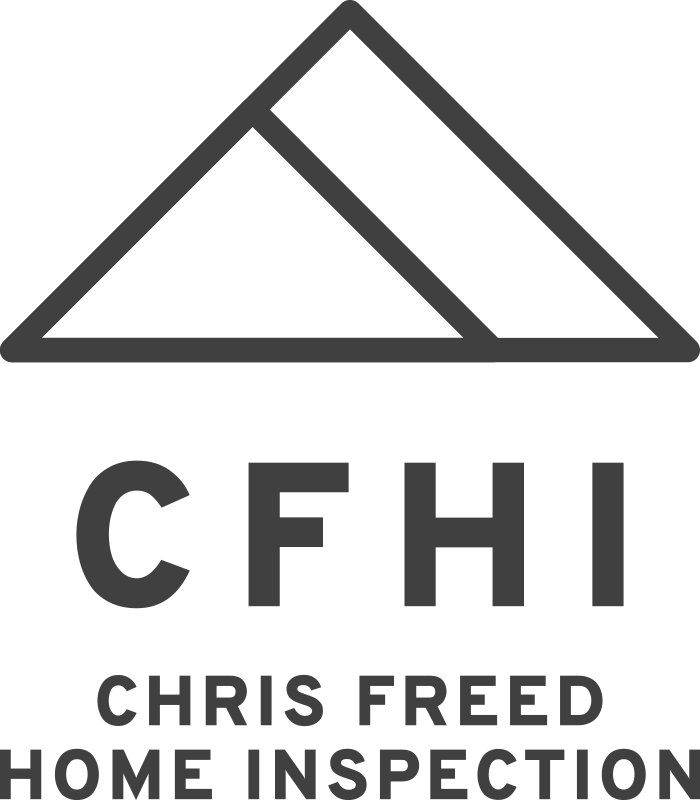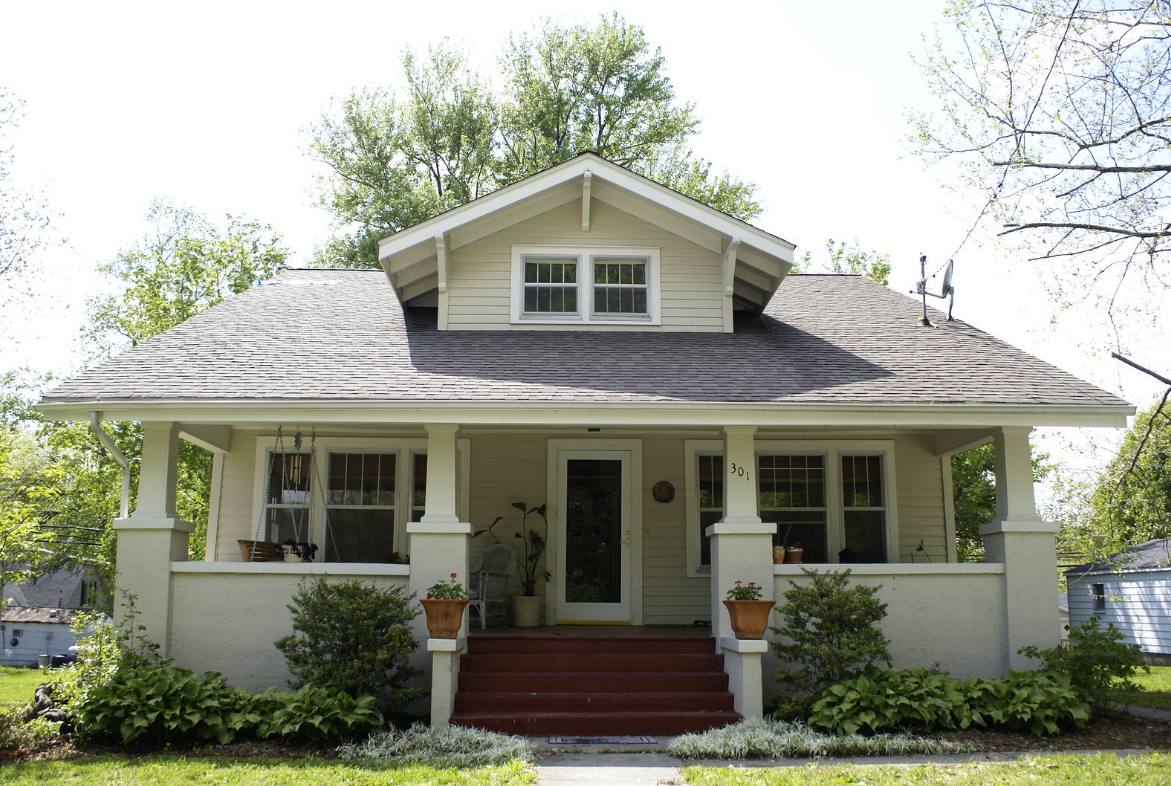Wood Destroying Organisms
This report includes a structural pest inspection embedded within the report. All observations in this report that begin with WDO are a part of a WA State Pest Inspection. Chris Freed Home Inspection LLC employs Chris Freed, Licensed Structural Pest Inspector ##. Please note that most WDO observations are related to high moisture conditions that could be conducive to mold-like substances. Chris Freed Home Inspection LLC is not a mold specialist and recommends consulting with an industrial hygienist or other mold remediation expert if concerned about mold or indoor air quality.Pest Inspection Standards in Washington State - WAC 16-228-2045 - REQUIRES THAT A DIAGRAM / DRAWING BE PREPARED FOR WOOD DESTROYING ORGANISM (WDO) REPORTS. IF THE PHOTOS AND DESCRIPTIONS IN THIS REPORT ARE INADEQUATE, A DRAWING IS AVAILABLE UPON REQUEST.
Summary
Repairs
- G-2 Grounds:
Eliminate wood /soil contact to reduce the chances for rot and pest damage and repair any hidden rot as needed - see west side. Generally, a 6-inch clearance between soils and wood is recommended. This is often not realistic on older homes, but repairs should be made to get as much clearance as is possible and all contact with the soils should be eliminated.
- G-12 Grounds:
To eliminate a condition conducive to wood destroying organisms, remove the wood pile that is stacked up near the building. Remove away from the structure and store in a dry place.
- EDPB-1 Exteriors, Decks, Porches and Balconies: Localized rot repairs are needed to the exterior siding. Hire a licensed general contractor to further evaluate and repair the exterior siding system. Repair and replace all damaged and decaying exterior wood as needed. Please note that this condition can indicate additional concealed damage that is not visible to inspection. Examples of specific observations noted during inspection include:
- RCG-5 Roof, Chimney and Gutters:
Failing mortar was noted at the masonry chimney above the roof line. This condition risks increased water entry and penetration into the masonry chimney which can lead to water damage, loose bricks and eventually a failing structure. Hire a licensed masonry contractor to further evaluate and repair the masonry chimney as recommended.
Recommended Maintenance Items
- G-11 Grounds:
All trees, branches and vegetation should be pruned at least 12 inches away from the building to eliminate a condition conducive to wood destroying organisms and a path for rodent entry - see west side trees and bushes especially.
- RCG-8 Roof, Chimney and Gutters:
The gutters are clogged with organic debris and require cleaning to ensure proper control of roof runoff. Clean the gutters and ensure they are unobstructed, leak free and properly sloped to drain. This is routine house maintenance; I would expect the need to clean gutters and downspouts regularly.
Improves
- RCG-7 Roof, Chimney and Gutters:
Several of the downspouts on the upper gutter system are terminating onto the lower roof. This is industry standard practice but it will prematurely deteriorate the roofing shingles in these locations. I recommend extending the downspouts into lower gutters to better protect the roof.
- LAP-1 Laundry and Additional Plumbing:
A moisture alarm with water shut-off features is recommended under the washing machine to protect against accidental leaks in the supply hoses. Pans can be effective when there is a drain, but even these will not protect against a burst supply connector. A moisture alarm with automatic shut-off will. Watts is a brand I have seen installed: Link.
Monitors
- G-6 Grounds:
Important catch basins were noted around the property - see driveway. These are designed to capture surface runoff and divert water around the building. Be sure to keep these drains clear, especially before large rain storms.



